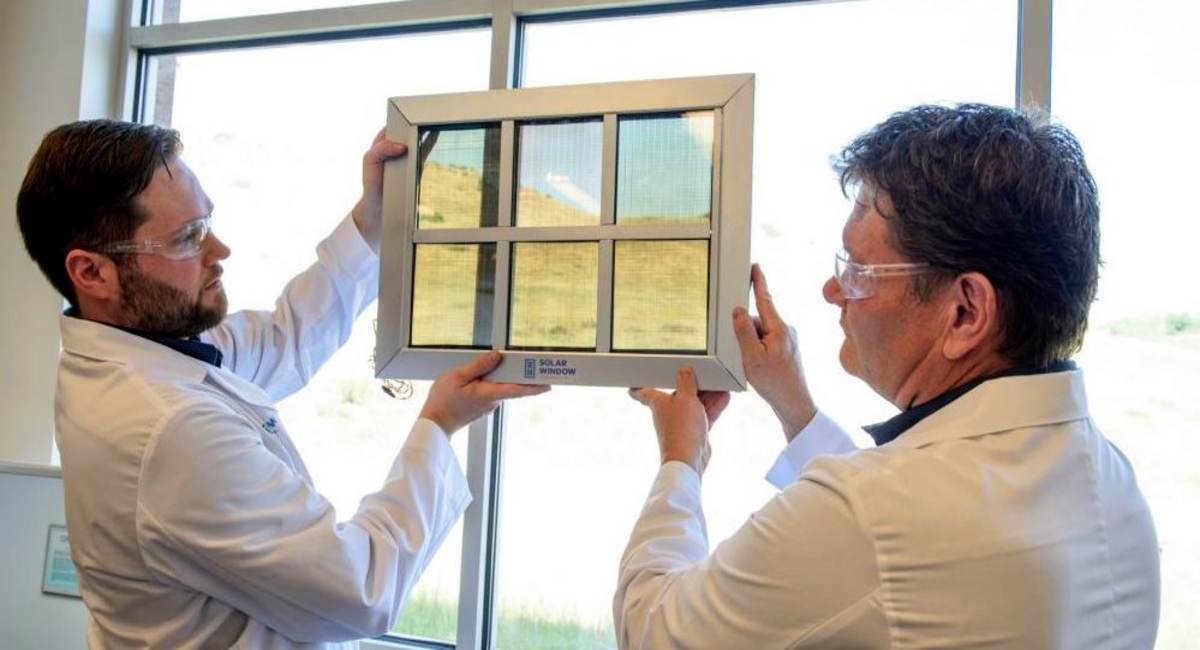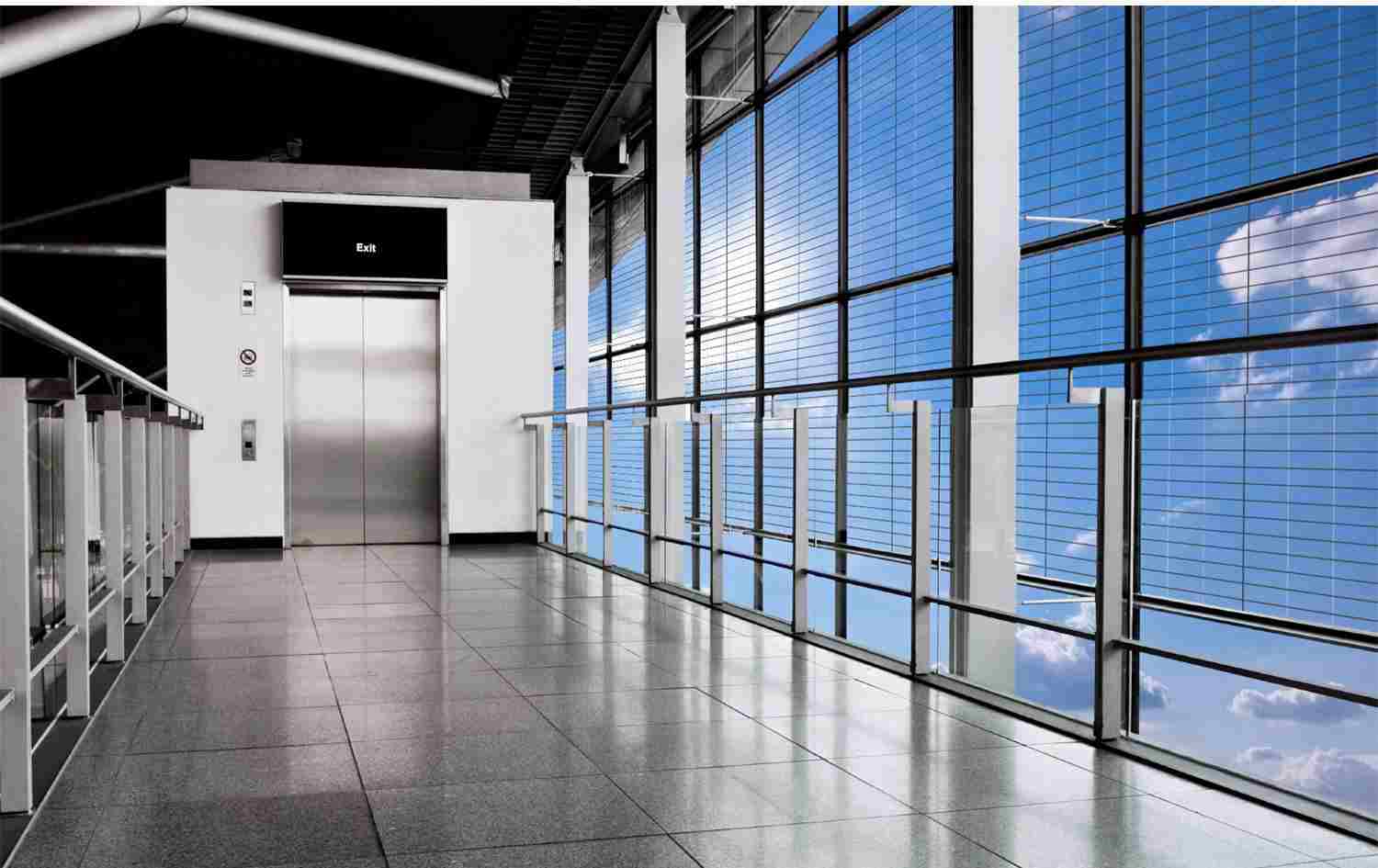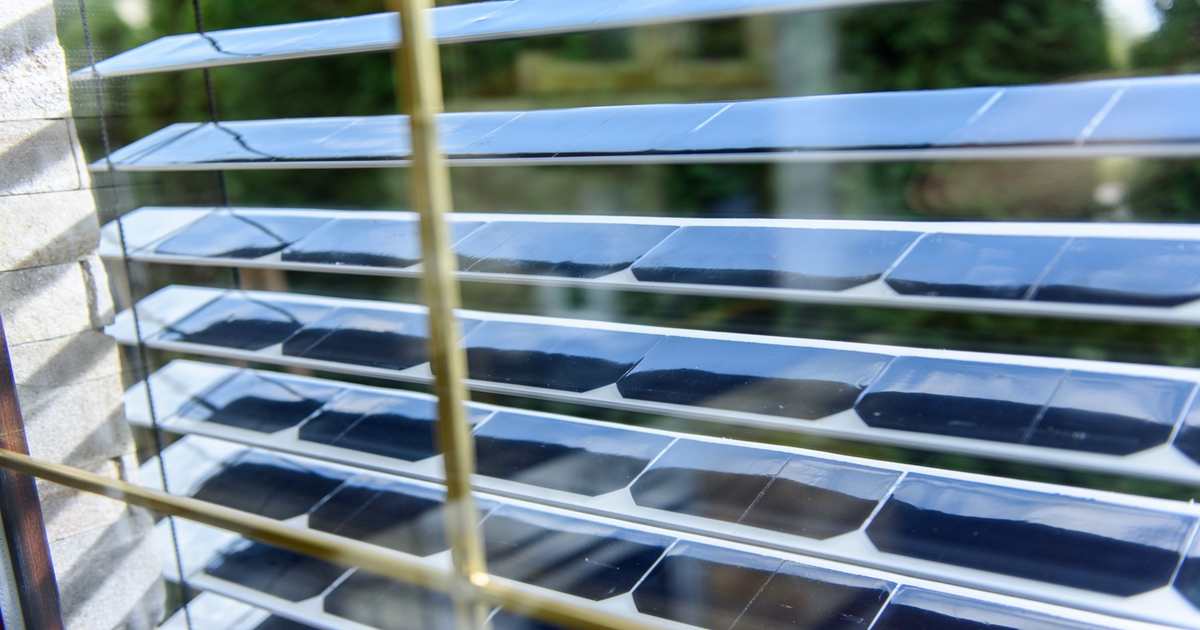Solar Windows - What Are They? How Do They Work?

What Are Solar Windows?
Solar windows are basically windows that have solar panels installed on them. These can be designed and plotted through the solar design software. They look like regular windows but have photovoltaic glass that turns sunlight into sustainable power.
To become solar windows, windows are outfitted with photovoltaic glazing, which incorporates solar cells to harvest solar energy. This solar energy is subsequently turned into electricity, which powers the property's electrical equipment. Building Integrated Photovoltaics (BIPV) is a kind of solar glass window (BIPV). Rather than being mounted atop the building, BIPV technology is embedded inside it. This implies that households that want to create their own renewable energy don't require solar panels.
There are three primary kinds of solar windows that are now available or being extensively researched:
Photovoltaic films: These are thin sheets of organic cells put onto glass that may also be used as a retrofit option for ordinary window glass.
Dual glass: These are also known as double glass or glass-glass modules made up of crystalline silicon solar cells sandwiched between two layers of glass.
Solar-embedded windows: These are glass windows with solar cells implanted in the glass.
How Does the Solar Window Work?
A solar panel window is any form of technology that utilizes windows on buildings to produce power from the sun. Solar window technology (also known as solar glass) is not yet suitable for commercial manufacturing, which means it is not currently accessible for you to install in your house. However, various solar window solutions are being researched and might be available to the general public in the near future.
Another current invention that falls under the BIPV umbrella is Tesla's solar roof. Many homes choose BIPV technologies because they are more visually pleasing and simpler to maintain than conventional solar choices, depending on the kind of installation.
Why isn't solar glass technology more widely available? The simple answer is functionality. Traditional opaque solar panels employ photovoltaic technology, which means they catch light energy and use it to create electricity. Because windows are designed to allow light in, windows that function as solar panels must strike a balance between letting incoming light in to brighten a space while also catching incoming light to utilize for energy generation. A solar window that doesn't allow in enough light simply functions as a vertically placed solar panel; if it lets in too much light, the window won't be able to produce enough power to be cost-effective. Solar panel windows must become completely building-integrated and inconspicuous in order to have an influence on the solar industry by using transparent solar panel technology.
Solar Window Technologies: What Kinds Of Solar Glass Are Available?
Physee Power Windows:
Physee's PowerWindow solar windows are the only ones that are now in use. To produce power from the sun, Physee's invention employs tiny solar panels fitted along the edges of glass panes. They are only found in one building in the world, a Dutch bank with more than 300 square feet of PowerWindows. The windows provide enough electricity to charge a smartphone a few times each day, but they cannot currently be used as a stand-alone power source for buildings.
Transparent Solar Windows:
Solar panel windows that produce electricity from the glass itself are a long way off in terms of technology. Nanotechnology may hold the key to a future with really transparent solar windows. If windows can be built using quantum dot technology, enough energy from the sun may be captured while still allowing light to pass through the glass window pane the quantum dots are housed in.

Theoretically, quantum dots implanted in glass windows may collect light and re-emit it as infrared light toward solar cells located at the margins of window panels, which could then be utilized to create electricity. Again, this technology is not currently accessible and may not be for many years, but it provides a chance to make entirely transparent solar panel windows a reality.
Solar Panel Blinds:
Solar panel blinds are one such alternative that is now under late-stage development. Instead of the actual window providing electricity, a startup has devised blinds with miniature solar panels that can be mounted either inside or outside of a window. The blinds may be programmed to rotate automatically to follow the path of the sun throughout the day, maximizing energy output and efficiency.
What Are The Benefits Of Solar Windows?
Solar window screens provide a lot of benefits. These screens are made of a mesh that is meant to deflect the bulk of the sun's UV rays before they reach your windows' glass.
Heat Reduction: Solar window screens retain heat outside the building, where it may be released back into the atmosphere. Harmful screens may block up to 90% of these rays while also lowering interior temperatures by up to 60 degrees Fahrenheit. This may result in substantial energy savings when it comes to maintaining a suitable indoor atmosphere.
Damage Prevention: UV rays are also to blame for the fading caused by the sun. By blocking them, furniture and other valuables are protected from the destructive effects of UV rays. This enables goods to keep their appearance for a significantly longer period of time.

Glare Reduction: Sun glare is a common issue both inside and outside the home. Solar screens reduce glare on TV screens, mirrors, and other objects in the room.
Privacy: During the day, screens provide additional privacy. They make it more difficult to see in through the windows while yet letting you look out from the inside of the home.
Ventilation: The screens do not obstruct air movement from the outside. In fact, they may aid in the reduction of dust and insects that enter the residence.
Companies Producing Solar Windows:
Buildings account for almost 40% of worldwide energy consumption and 40% of greenhouse gas emissions on our planet. Furthermore, the area of the global building stock is predicted to quadruple by 2060.
As solar arrays and wind farms continue to take up area, entrepreneurs see a new method to generate energy: photovoltaic windows.
Here are some of the companies that are actively working on converting windows into energy-producing devices:
NEXT Energy Technologies:
NEXT Energy Technologies produces a transparent photovoltaic coating that transforms commercial windows into energy-producing solar panels. The company said its first-generation windows could offset as much as 10–20% of the electricity needs of a typical commercial high-rise office building.
NEXT Energy claims a one-year payback for the windows and a functional life of 30 years. The windows transmit between 10% and 50% of visible light and convert it to power at a 7%–10% efficiency.
The photovoltaic coatings are applied during the window fabrication process, integrating with established manufacturers without disrupting workflows and supply chains. NEXT Energy said its approach removes costs typically associated with packaging and installation of solar.
A prototype of NEXT Energy’s Window Wall will soon be on display in Paris, featuring an interactive display and charging ports that are powered by a set of 10 windows.
The prototype installation is designed to supply electricity to a battery that will power an interactive display, as well as charging outlets for phones, tablets, and other electronics. In the coming years, NEXT windows are expected to be commercially available for window sizes up to 5 ft. x 10 ft. (1.5 x 3 meters).
SolarWindow Technologies:
SolarWindow Technologies develops Liquid Electricity, a transparent and lightweight polymer intended for use on glass, plastics, and films. According to the business, it has applications in architecture, agrivoltaics, aerospace and military, and transportation.
According to recent independent research conducted by SolarWindow and the National Renewable Energy Laboratory, power conversion efficiency may reach 14.72 percent.
One benefit of the company's technology over rooftop solar is that it can function in natural, shaded, low-light, and even interior artificial light sources.
The window is made of organic photovoltaics (OPV), which are as thin as 1/100th the thickness of a human hair, according to SolarWindow. Toxic metals such as lead, cadmium, and selenium are not used in the procedure. According to the business, the acceptor layer and the donor layer form a material barrier in OPV. Each layer's substance has its own amount of electrical potential. The difference in electrical potential between materials encourages the passage of electrons, which creates electricity.

The device is available in a range of transparency levels, from completely opaque to the transparency of a standard home window. It may be tinted blue, green, gray, or tan, and as the transparency grows, so does the electric output.
SolarGaps:
SolarGaps, located in the United States and Ukraine, approached the issue from a different angle: rather than electrifying windows, they created photovoltaic blinds. The blinds follow the sun automatically, creating electricity and keeping the building cool.
SolarGaps claims that their device can generate 100W per hour per square meter throughout the day. The product is put on the outside of the building and has commercial and residential uses. SunPower C60 solar components are used, which have a stated efficiency of 22.4 percent.
Although the blinds are installed outside, they feature built-in wind resistance with a steel wire and are tested with air guns, according to SolarGaps. The firm claims a minimum lifetime of ten years and provides a two-year guarantee.
The blinds are compatible with iOS and Android apps, are connected with smart-home technology, can offer performance information, and can be operated by voice. The tracker motor and inverter are incorporated into the gadget.
Conclusion:
Solar windows are a fascinating invention that allows you to produce power from sources other than rooftop panels. Companies are investigating novel solar technologies targeted at expanding solar energy production beyond standard rooftop and ground-mount solar panels as the solar sector matures and expands. Solar windows have lately gained traction and may be a part of the future of the solar business.

